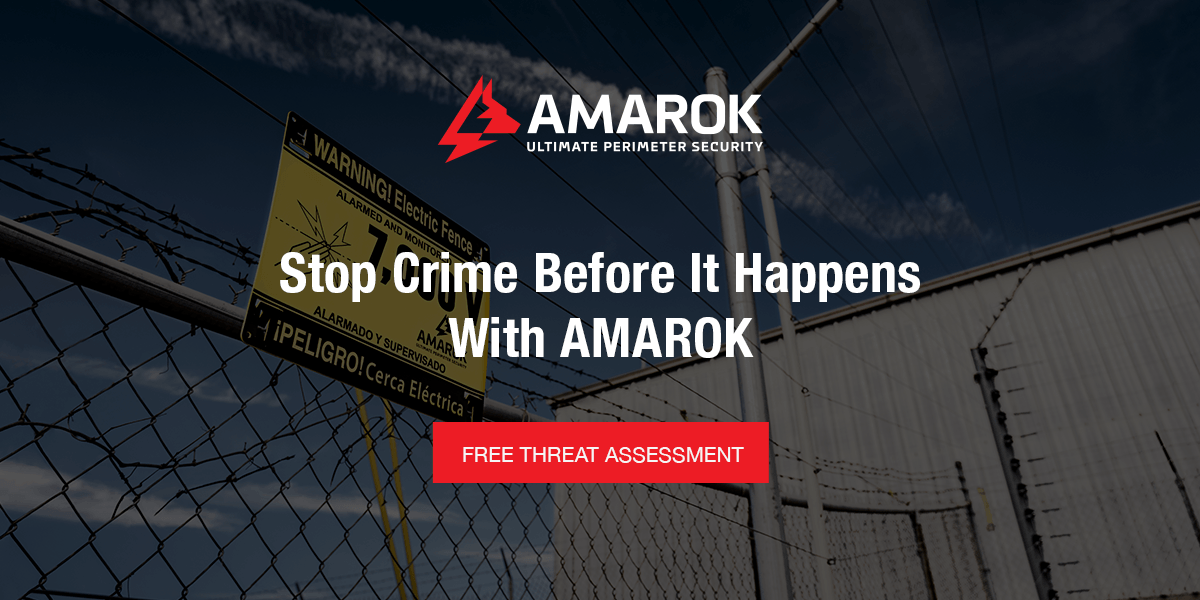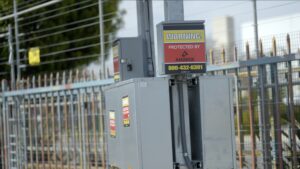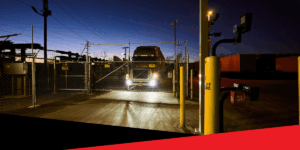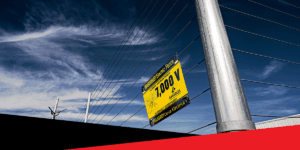Tariff Increases Disrupt Automotive Supply Chains
The recent implementation of 25% tariffs on auto imports, along with additional levies on steel, aluminum, and goods from key trading partners, has significantly disrupted global supply chains. These measures have led to increased costs for manufacturers and consumers alike, with vehicle prices expected to rise by thousands of dollars. Companies are now reevaluating their production and logistics strategies to mitigate these financial impacts caused by rising automotive tariffs.
Vehicle Processing Centers Face Operational Challenges
Vehicle processing centers (VPCs), responsible for receiving, inspecting, and preparing vehicles for market, are at the forefront of these challenges. These facilities are experiencing delays and increased operational costs due to the automotive tariffs. The uncertainty surrounding trade policies has made it difficult for these centers to plan and execute their operations efficiently.
With thousands of vehicles on site at any given time, these locations also become prime targets for criminal activity. The more assets at rest, the higher the risk, and we’re seeing a trend where organized theft and vandalism increase at facilities that lack sufficient perimeter security. While original equipment manufacturers (OEMs) tend to track IPTV (Incidents Per Thousand Vehicles) from a damage standpoint, they don’t always weigh theft and vandalism the same way.
However, it is the responsibility of the vehicle processing center to protect those vehicles, and any consistent failure to do so—such as recurring theft—puts the entire OEM relationship at risk. OEMs have high standards and strict SLAs (Service Level Agreements). If a VPC cannot demonstrate control and care of their assets, they risk losing their contract, a catastrophic outcome in an already strained industry. This makes proactive security not just a line item but a mission-critical component of long-term success.
Timing Is Everything: Why Immediate Action Matters
The timing of these decisions is critical. With tariffs already in effect and pressure mounting daily, vehicle processing centers cannot afford to delay implementing strategic changes. With the volatility of automotive tariffs continuing to fluctuate, vehicle dwell times are increasing, lots are overflowing, and financial pressure continues to rise. Acting now to implement solutions like Free Trade Zones and enhanced perimeter security can be the difference between surviving the storm and falling behind.
Adoption of Free Trade Zones as a Strategic Response
In response to the tariff pressures, many vehicle processing centers are exploring the establishment of Free Trade Zones. FTZs allow companies to defer, reduce, or eliminate customs duties on imported goods, providing significant cost savings.
When vehicles are imported into an FTZ, duties are not paid until they leave the zone and enter the U.S. market. If the vehicles are exported directly from the FTZ to another country, no duties are paid at all. Additionally, FTZs allow for operations such as storage, testing, and repairs to occur without triggering duty payments. This flexibility can dramatically improve cash flow and reduce operational costs for vehicle processing centers.
By operating within an FTZ, vehicle processors can better manage their inventory, avoid double taxation, and streamline their supply chains, mitigating the adverse effects of automotive tariffs. This strategic move is gaining traction as a viable solution to maintain competitiveness in the face of trade uncertainties.
However, setting up an FTZ often requires upfront capital and significant planning. During volatile economic conditions, these decisions can be reactive measures to stabilize operations. While the long-term benefits are substantial, initial setup costs can be a barrier for many facilities already navigating a strained budget due to automotive tariff impacts.
Understanding the FTZ Establishment Process
Establishing an FTZ involves a multi-step process that typically spans several months. These steps include:
- Feasibility Analysis — Companies assess whether FTZ status aligns with their business model and delivers measurable benefits.
- Application Submission — A comprehensive application is submitted to the Foreign Trade Zones Board, detailing site plans, operational impact, and economic rationale.
- Approval and Activation — Upon approval, U.S. Customs and Border Protection (CBP) requires the facility to meet strict operational and security guidelines before the FTZ can become active.
Security Requirements for FTZ Approval
Security is a core requirement for FTZ activation. CBP mandates that the site must be secured and monitored to protect the integrity of goods within the zone. Security measures must either be in place or thoroughly detailed in a CBP-approved implementation plan before activation. Failure to meet these criteria can result in delayed approval or denial.
Key FTZ security requirements include:
- Perimeter Fencing: The entire FTZ must be enclosed with robust fencing, typically at least 8 feet tall, topped with barbed wire or similar deterrents.
- Controlled Entry Points: All access points must be secured, monitored, and controlled. Employee and visitor access should be logged and restricted.
- Surveillance Systems: Continuous video surveillance is required, with retention policies that meet CBP standards. Cameras must provide full coverage of critical areas.
- Lighting: Sufficient exterior lighting must be maintained to ensure visibility at night, enhancing both security and camera effectiveness.
- Layered Security: Multiple layers of protection such as intrusion detection, alarms, and live monitoring are highly recommended.
- Compliance Logs: Facilities must maintain records of all security activity, personnel access, and incident reports for auditing purposes.
Having a security partner that understands these requirements and can help implement a compliant infrastructure is essential to expediting FTZ approval.
AMAROK Secures High-Value Assets and Supports FTZ Readiness
With more vehicles on site for longer periods due to supply chain disruptions or FTZ implementation, perimeter security becomes not just a priority, but a necessity. Criminals seek opportunities at sprawling lots with limited physical security, and that’s where AMAROK steps in.
AMAROK’s FORTIFEYE™ Solution is the world’s first fully integrated perimeter security solution combining electric fencing, video surveillance, and remote video monitoring. This comprehensive system deters, detects, and detains unauthorized individuals, providing full-scale protection for high-value assets across large footprints.
Additionally, our Gate Access Control solution, which integrates seamlessly with our electric fence and other security solutions, allows for protection at your entry and exit points as well as efficient user management and reporting across one or many sites.
Our Security as a Service model enables facilities to implement cutting-edge perimeter defense without upfront capital investment, offering a manageable monthly service fee instead. This makes it easier for vehicle processing centers to protect their sites while freeing up capital for FTZ-related improvements.
Instead of increasing headcount with costly guard personnel, facilities can turn to AMAROK for a cost-effective, scalable, and compliant alternative that not only deters intrusions but provides verified responses to threats. This helps support CBP requirements for FTZ activation, while also improving loss prevention and operational efficiency.
Why Vehicle Processing Centers Must Act Now on FTZs and Security
The evolving automotive tariff landscape presents significant challenges for vehicle processing centers. With rising import costs, increased vehicle dwell times, and regulatory uncertainty, these facilities must rethink how they manage inventory, protect assets, and prepare for the future.
By adopting strategies like establishing Free Trade Zones (FTZs) and partnering with security experts like AMAROK, VPCs can navigate uncertainty with confidence. With no upfront costs and proven ROI, AMAROK’s FORTIFEYE™ Solution is a key component in protecting critical assets and ensuring long-term success in a rapidly shifting global trade environment.
But the window to act is closing. The sooner a facility takes steps toward FTZ certification and upgrades its security infrastructure, the better positioned it will be to weather the volatility ahead.
Request a meeting with your local AMAROK Representative to learn more about customizing a solution for your vehicle processing center.





